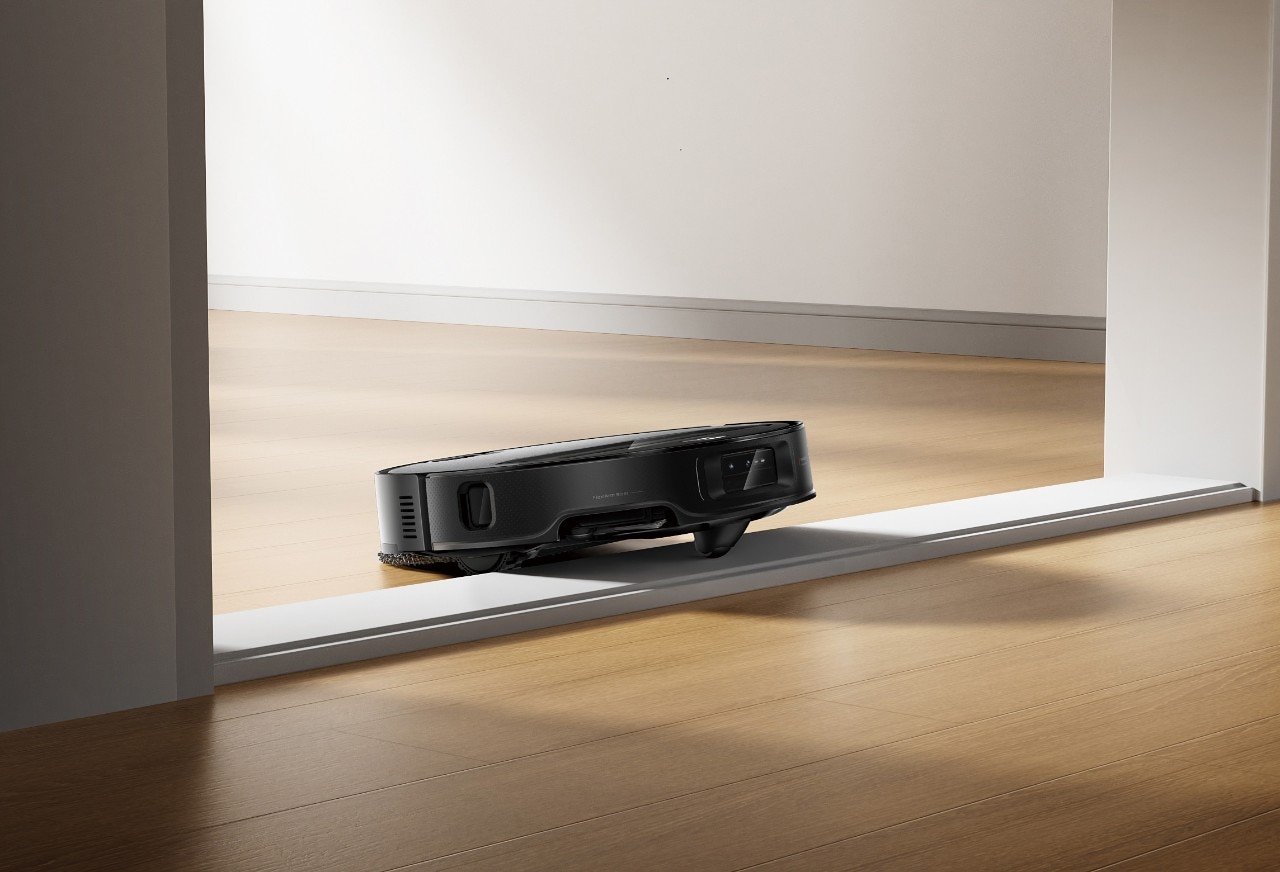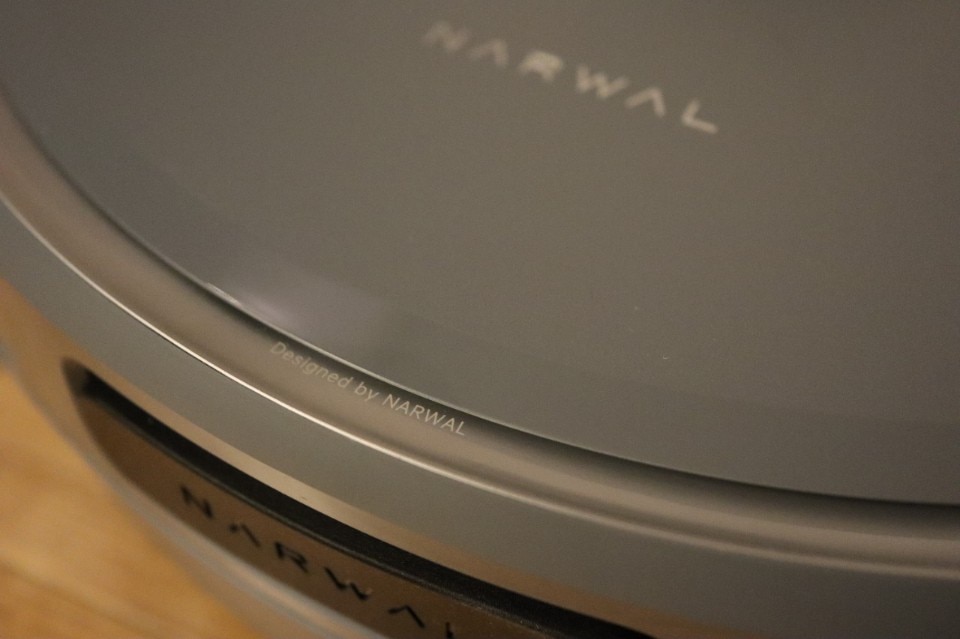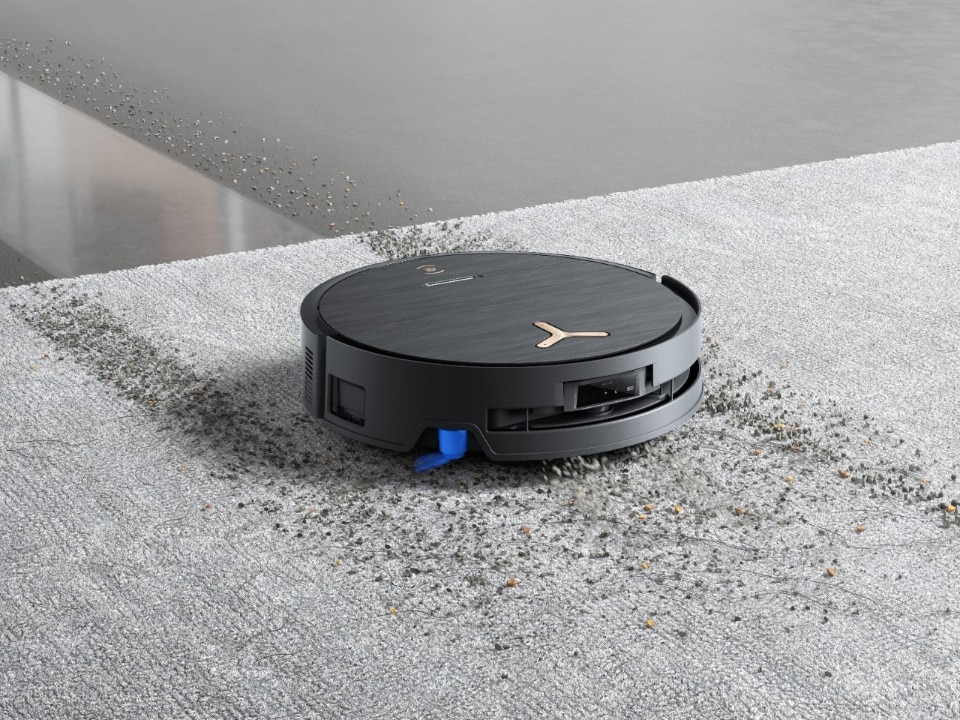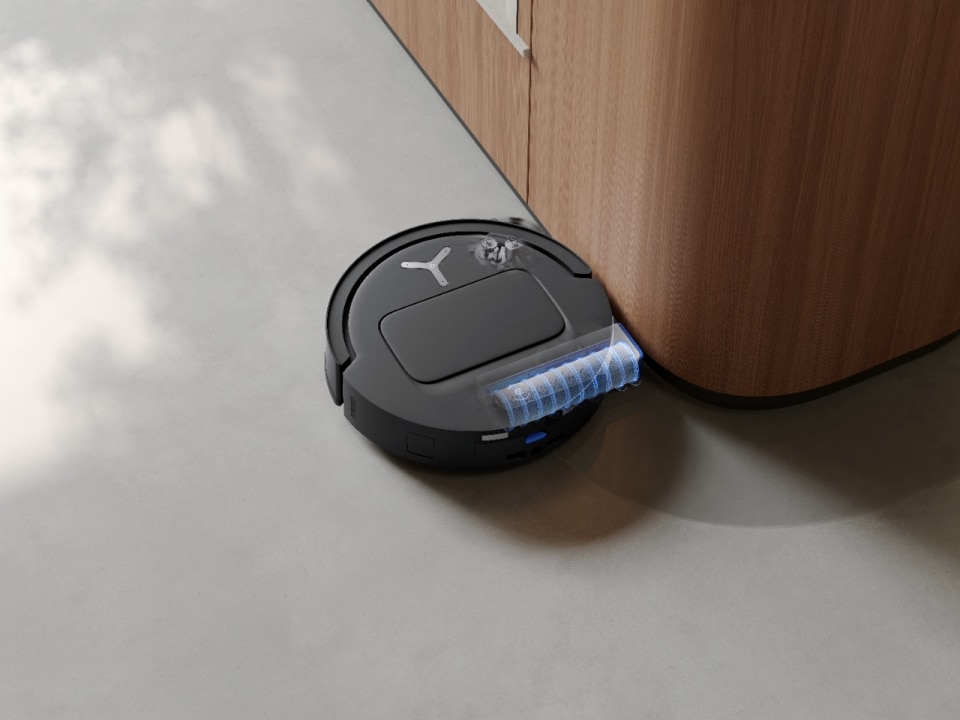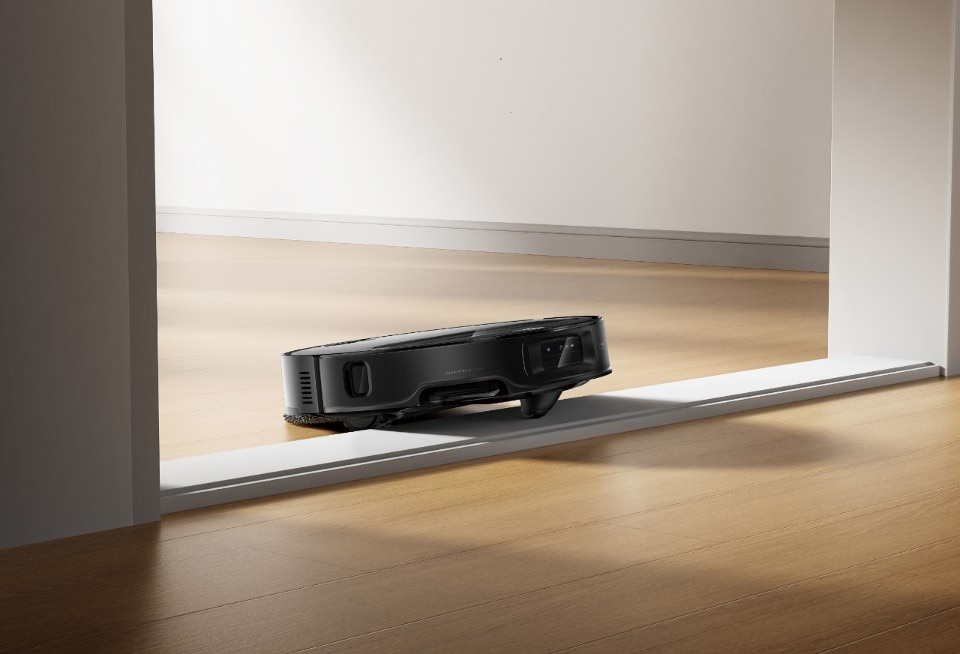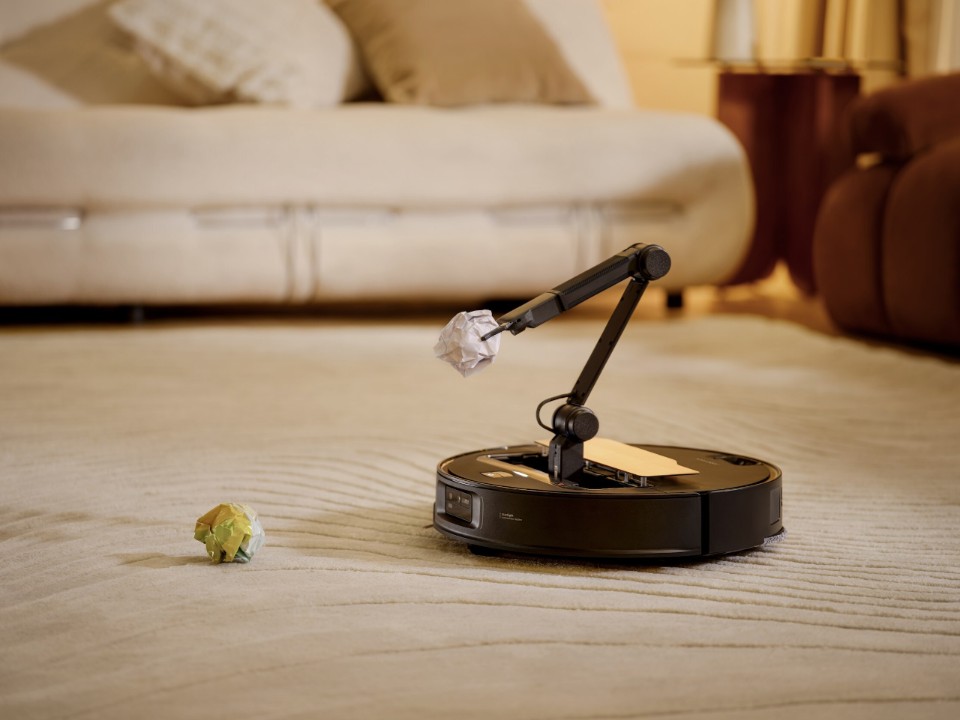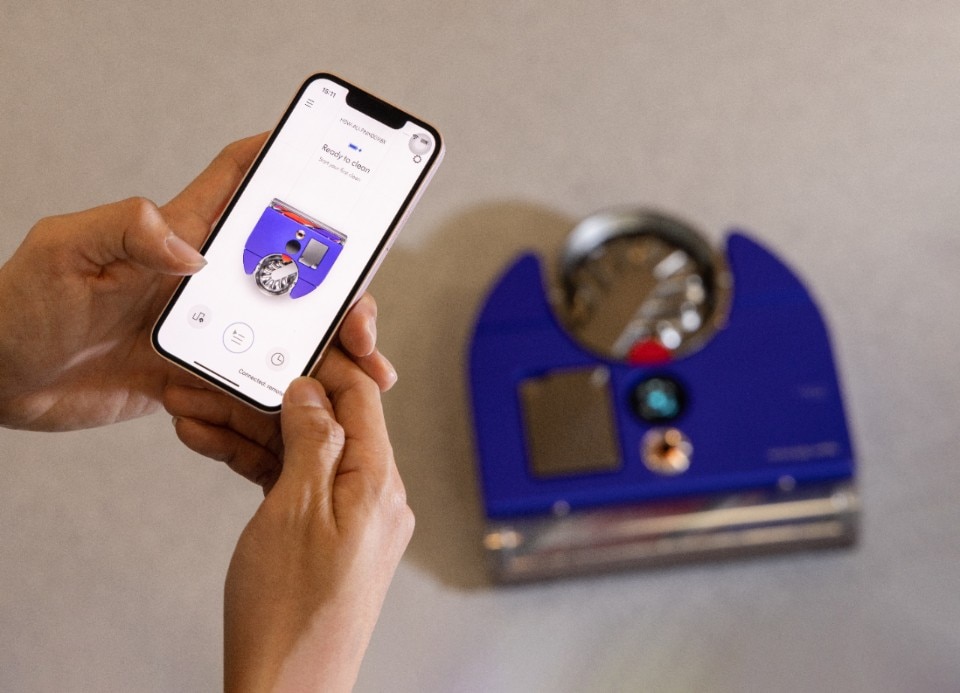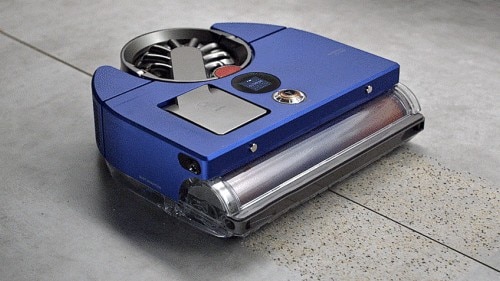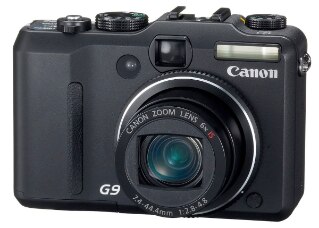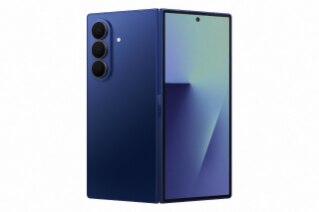Robot vacuums have been among us for more than a decade now, quietly infiltrating millions of homes around the world. In 2024 alone, the global robot vacuum market was valued at over $5 billion, and it’s projected to double in the next five years. Yet despite their evolution from simple disc-shaped wanderers to sophisticated AI-powered assistants, they remain curiously unchanged in one fundamental aspect: they’re still more like demanding pets than dutiful servants. They start moving when you don't remember you've scheduled them, announce their activities during important meetings, and get stuck in predictable places requiring your loving attention.
Having said that, what has changed is remarkable. Today's machines can lift themselves between uneven floor heights, extend mechanical arms to move obstacles, and differentiate between types of dirt with computer vision. The question isn't whether robot vacuums have arrived; they're here, cleaning floors across millions of homes. Rather, it's about where this peculiar category of domestic technology is heading, and whether the promises match the performance.
Brush design: form following function
The traditional vacuum brush design represented a major design challenge: how to stop hair from getting wrapped around the brush? Contemporary brush architecture has evolved. Today, brush systems represent thoughtful industrial design, form following function in the most practical way possible.
Contemporary brush architecture has evolved along three distinct design philosophies. Each represents a different approach to solving the fundamental challenge: creating a machine that cleans your floors without requiring you to clean the machine.
Static geometry prioritises form-driven solutions. Narwal's ConeBrush uses strategic tapering to eliminate accumulation zones, while Ecovacs' ZeroTangle 3.0 employs V-shaped bristle architecture that transforms the brush into a directional guidance system.
The revolution in robot vacuuming isn't coming, it's here, messy, imperfect and endearingly human in its contradictions.
Dynamic adaptation represents a shift toward responsive design. Roborock's Floating Main Brush embodies the principle that effective cleaning requires constant surface negotiation rather than rigid mechanical contact.
Active material processing feels like a distinct change in brush design with two brushes. Mova's TurboWave DuoBrush reimagines the brush not as a passive collection tool but as an active material transformation system that converts problematic debris into manageable forms. These designs feel like genuine engineering solutions. No more dealing with hair-wrapped brushes, just empty the dustbin and move on with your life.
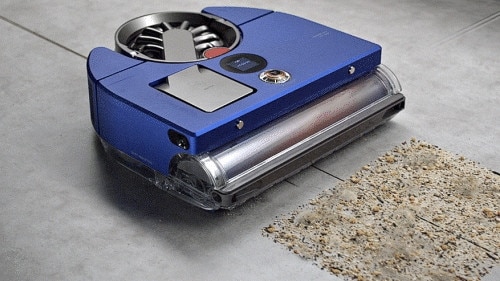
Mop design: the geometry of clean floors
The shape of a robot's mop system determines if it actually cleans or merely redistributes dirt around the room. The hierarchy is clear: D-shaped mops are useless, managing only to push dirt around corners without offering any meaningful cleaning action.
The Ecovacs roller design proves most effective, it’s the newest mop design with cylindrical roller that rotates continuously while the robot moves. It creates genuine scrubbing action that breaks up dried spills and ground-in dirt. The constant rotation prevents the mop from simply gliding over surfaces, instead providing the mechanical agitation necessary for actual cleaning.
Disk mops, while most common, represent the middle ground. The dual rotating disks that spin beneath the chassis, cover more surface area than single-disk systems while maintaining consistent pressure. The effectiveness depends heavily on the specific disk material and rotation speed; some merely polish floors while others provide genuine cleaning action.
The lesson: mop geometry matters, and the industry's tendency toward disk systems reflects practical compromise rather than optimal design.
Narwal Freo Z10 Ultra: the confident companion
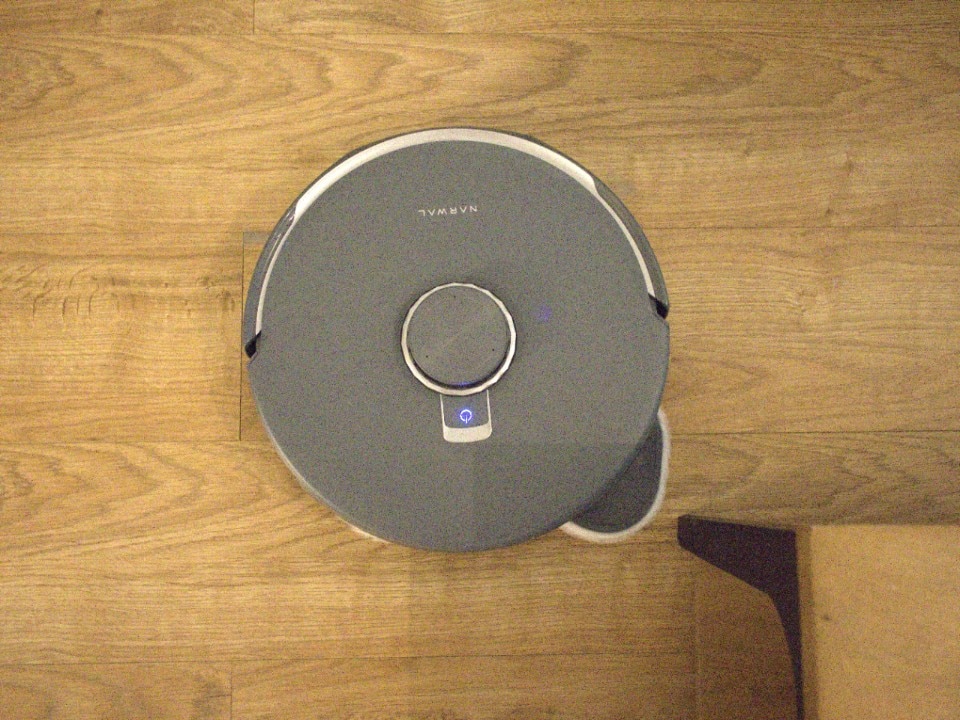
The Narwal Freo Z10 Ultra represents the category's current sweet spot—a machine that cleans with genuine competence while maintaining an appealingly humble yet confident demeanour. Unlike some of its more chatty contemporaries, this unit moves through rooms with quiet confidence, tackling pet hair and debris without fanfare.
The pet-focused features feel genuinely thoughtful rather than marketing-driven. It comes with a pet camera for those who want to watch their animals react to a mechanical intruder.
The machine's demure demeanour extends to its voice announcements, which are quieter and less intrusive than most other units. My biggest complaint about the Freo Z10 Ultra isn't about its cleaning or its large dock, it's the fact that the cleaning solution container isn't refillable, it's proprietary and frequently sold out. This remains a frustrating reminder that even our most advanced domestic helpers stay tethered to their manufacturers' commercial interests.
Ecovacs DEEBOT X9 PRO OMNI & DEEBOT T80 PRO OMNI: assertive mechanical design
The DEEBOT X9 PRO OMNI and DEEBOT T80 PRO OMNI attack cleaning with a determination that is firm yet assertive. In practice, this translates to a machine that doesn't negotiate with obstacles, it overcomes them. Where timid robots retreat from challenging folding chair legs or thresholds between rooms, the X9 & T80 PRO charge forward with mechanical persistence.
It’s clear by the way these machines travel through the world that they’re on a mission, and they won’t be stopped. Unless they come across your pet, then they’re gently bounce their way around their outstretched paws.

The dock deserves special mention. It's compact and sleek, with the X9 PRO's separate cleaning solution container representing thoughtful premium engineering. Most robots void your warranty if you add soap to the water tank, but the mid-range T80 PRO actually allows it. I mean, who wants a machine that just wipes floors with water? I'd never mop the floors with plain water, so why would I want my robot to? Also, the dirty water container is smaller than the clean water tank, is just good design! Why isn't everyone doing this?
Roborock Saros Z70 OmniGrip: the uncanny valley inhabitant
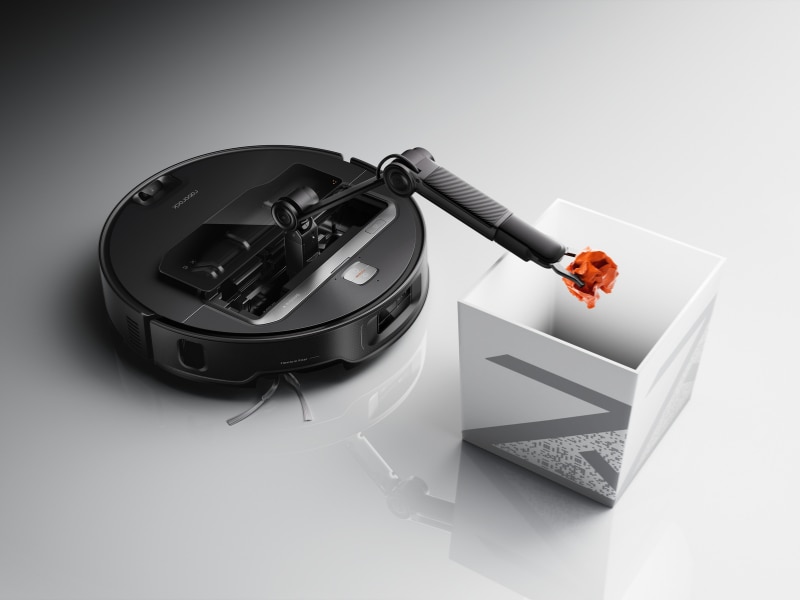
The Saros Z70 represents robotics' venture into genuinely uncharted territory, a robot vacuum equipped with a retractable 5-axis mechanical arm capable of picking up obstacles and putting them in baskets or areas. In the moments when the arm emerges from its housing and delicately lifts a sock, the future feels tangible. Then it repeatedly doesn't see black socks on a beige carpet, and a future where robots take over humanity seems a lot more distant.
The OmniGrip system currently recognises three categories of objects: clumps, fabrics, and shoes (specifically slide-style slippers). So, no picking up your pet's toys, which iRoborock promises that it will pick up more things eventually through firmware updates. In testing, the arm performed inconsistently; sometimes it didn't recognise any of the objects, other times it successfully identified and moved socks, but failed to recognise the underwear that was beside it on the floor.
Yet dismissing the Z70 as a gimmick would be shortsighted. Beyond its mechanical appendage, it lifts itself with the confidence of a yogi doing upward dog. It has solid navigation skills and excellent mopping capabilities. The dock itself is genuinely beautiful, a monolithic structure that wouldn't look out of place in a beautifully designed home.
The machine represents robotics at its most ambitious and frustrating, a glimpse of possibilities constrained by current technological limitations.
Mova V50 Ultra: the quiet achiever
The Mova V50 Ultra Complete delivers the latest robot vacuum technology with the ability to overcome almost any obstacle! This is essential in many European homes, which have gone through multiple renovations and have a patchwork of floors. Mine have architectural layers built up like a lasagna. The V50 Ultra moved through my apartment with ease and (this might be too generous) grace.
This machine moves with genuine confidence, tackling the kind of uneven flooring transitions that have left lesser robots stranded and pleading to be saved. The 6cm climbing capability isn't just a spec sheet boast, it's the difference between a robot that cleans your entire home and one that gets trapped on a folding chair.
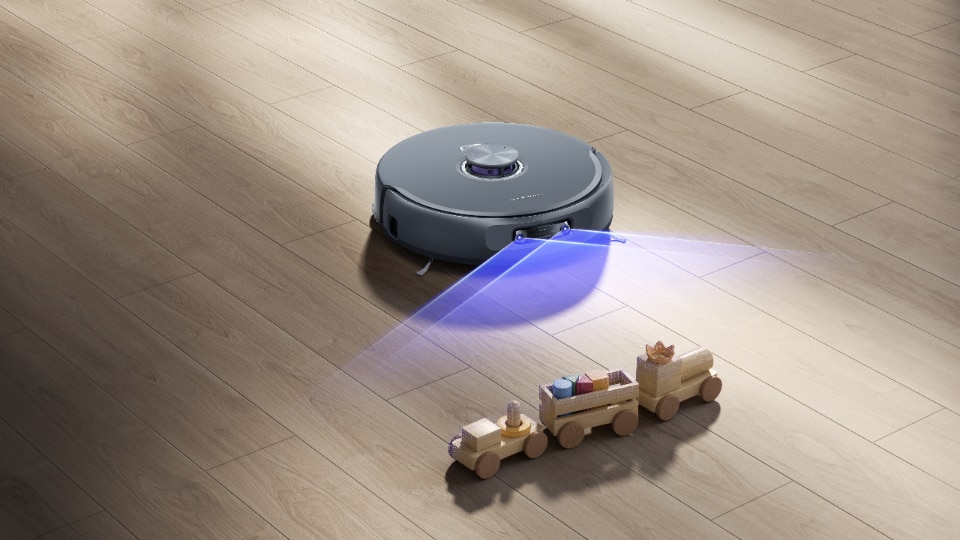
This robot includes all the premium features you actually want without the marketing circus. The pet focus means my hair won’t get stuck on the brush and it even has a special container to add a cleaner that tackles pet odour.
The Mova V50 Ultra feels like it’s focused on competent cleaning rather than attention-grabbing novelty, a surprisingly mature approach in a category that often prioritises spectacle over substance.
Dyson 360 Vis Nav: the purist's choice
The Dyson 360 Vis Nav's D-shaped design and purple coloring announce its Dyson heritage unmistakably. The extending side duct replaces traditional rotating brushes, redirecting suction powerful enough to capture debris right up to walls. The full-width brush bar covers more ground with each pass, making cleaning sessions notably efficient.
What's refreshing about the 360 Vis Nav is its commitment to doing one thing exceptionally well. Unlike competitors obsessed with multifunctionality, this machine focuses purely on vacuuming, with no mopping capabilities or self-emptying dock. The result feels honest. A machine that embraces its limitations rather than making promises it cannot keep.
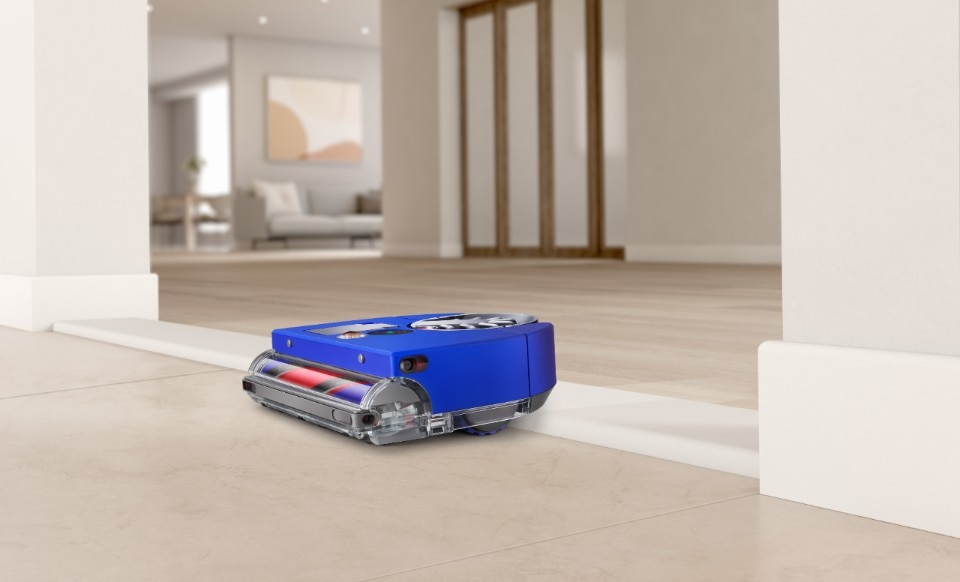
The large dustbin empties with a button press, the washable filter eliminates ongoing replacement costs, and the hands-free debris ejection prevents dust clouds. In an industry increasingly focused on subscription services and proprietary consumables, such straightforward maintenance feels almost radical.
The 360 Vis Nav represents robot vacuuming stripped to its essence: powerful, reliable, and refreshingly uncomplicated.
Xiaomi X20 Mx: the anxious performer
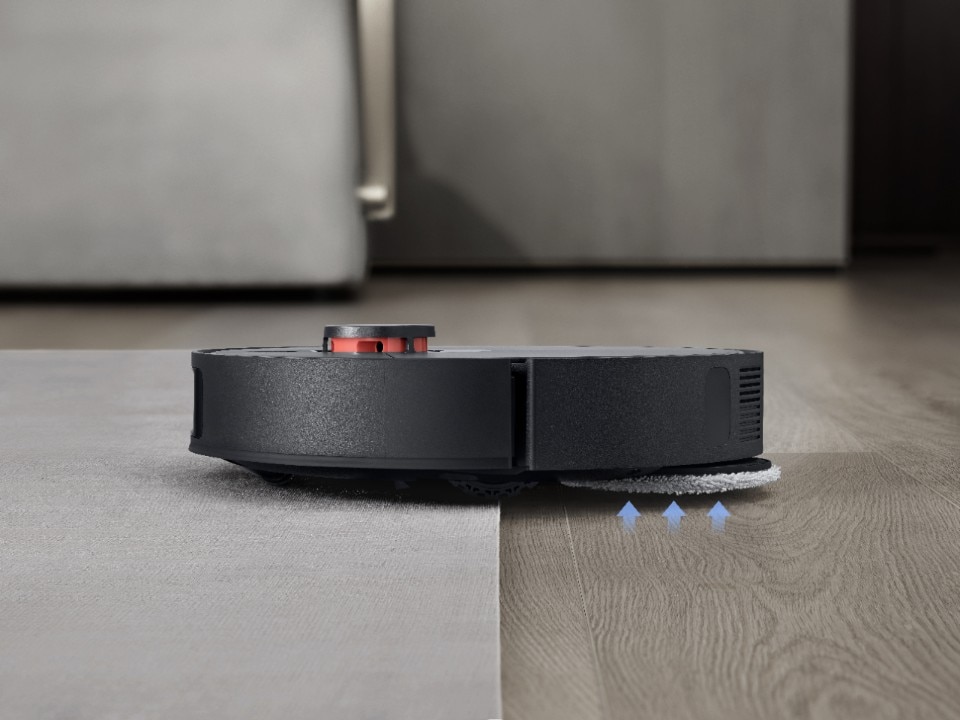
Xiaomi Robot Vacuum X20 Max has a simple yet thoughtful design that balances functionality with a modern, understated look.
The Xiaomi X20 MX operates like it's perpetually having second thoughts about its life choices. It's the robotic equivalent of that friend who knows exactly what they're doing but second-guesses every decision: technically competent but emotionally uncertain.
The X20 MX does not feel confident; it hesitates at thresholds under 2cm high that it should easily clear. It recalculates routes through spaces it's traversed dozens of times, and backtracks through areas as if avoiding invisible obstacles.
However, once it gets going it’s a whole new machine. Once it commits to cleaning, it works methodically and effectively. The LiDAR creates accurate maps, and the cleaning patterns are systematic and steady. And most importantly, the floors are clean. So it looks a little lost while going to work? I’m sure we can relate.
The state of digital domesticity
After more than a decade of development, robot vacuums have evolved from novelty gadgets to genuinely useful appliances. Yet they remain curiously unchanged in their fundamental character, helpful but demanding, capable but unpredictable, promising autonomy while requiring attention. Robot vacuums have come a long way, but they're still works in progress. They clean better than ever, but they're not the set-and-forget dream we were promised.
Until then, we're left with robotic companions that are more sophisticated than ever, yet still recognizably imperfect. They clean our floors while reminding us daily that the future of domestic automation remains tantalizingly just beyond our reach.
The revolution in robot vacuuming isn't coming, it's here, messy, imperfect and endearingly human in its contradictions.
Opening image: Roborock Saros Z70 OmniGrip. Courtesy Roborock

Tomorrow's energy comes from today's ideas
Enel extends the date to join the international “WinDesign” contest to August 30, 2025. A unique opportunity to imagine the new design of wind turbines.


